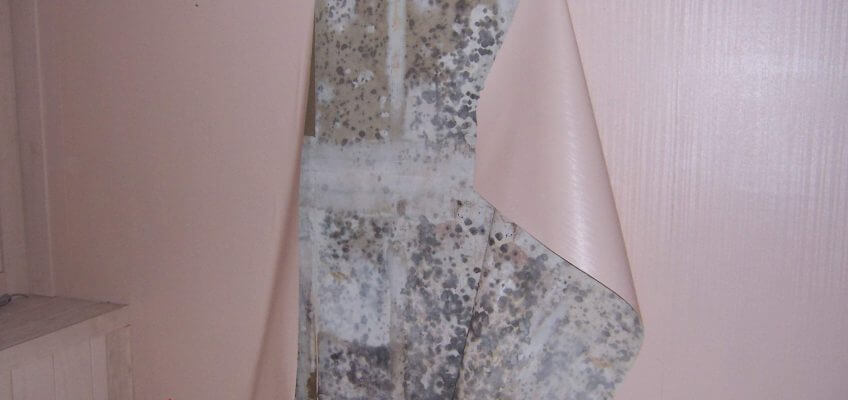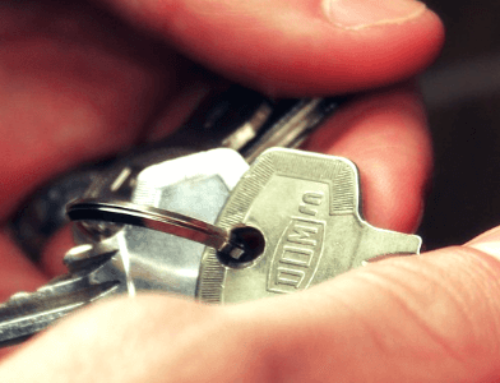If you’re reading this then I can only assume that you have had a close encounter of the revolting kind. mould and mildew are not welcome guests in our homes, and can not only be a real pain to eliminate, but also be disastrous to your health.
So what should you do if you get an inkling that your housing some seriously unwanted guests of the fungi variety? Burn it all to the ground? Buy a one-way ticket to Mexico and never look back? Well, let’s not be too hasty. mould can be a serious problem, but like problems – they have their solutions. So let’s go through the fundamentals of these nasty invaders and see what we can do.
Mildew: the best of a bad bunch
So I’m not necessarily saying that you should be jumping for joy if you find flecks of mildew in your bathroom, but just be thankful that’s all that it is. Although mildew can produce similar health issues as mould, it’s far less problematic because it’s simpler to remove completely.
Mildew is a flat and powdery fungus that, although isn’t loved by many, it is nowhere near as difficult to eliminate as mould, and is far less invasive. So we like it for those reasons. Mildew is a lot easier to clean than mould as it only lives on surfaces, which means that you shouldn’t have much trouble removing it.
How to eliminate:
Mildew can easily be removed with a cleaning solution such as bleach or vinegar. For example, you can mix ¼ cup of bleach with 2 cups of water, apply the solution to the areas with mildew, leave for 15 minutes and rinse.
In a nutshell: Mildew is not your friend, but it’s also not a serious concern and something that you can usually get rid of without much trouble.
mould detection 101:
First thing’s first, we need to identify the enemy.
Have you noticed a foul smell lately? It can usually be rather difficult to know beyond a doubt if you have mould as it’s often quite sneaky and hides in unseen areas. However one of the biggest tell-tale signs is the smell. If you come across a damp, pungent, or musty odor, then you can bet your bippy there’s some mould nearby.
mould will generally show up in dark and fuzzy patches but can take on a wide variety of colours – anywhere from black or swampy green, to bright blues and reds. Despite its sometimes over-the-top appearance, it can also be a master of disguise and will often look like nothing more than a small patch of grime or smudge of dirt… and this is usually how it goes unnoticed for so long, giving it the time it needs to build up a small mould army and unleash a whole world of problems.
Health concerns:
Issues caused by mould growth can vary from very mild and annoying symptoms to severe life-threatening illnesses. Now although the latter is a lot less common, it should give you an idea of just how dangerous untreated mould can be.
On the mild end of the spectrum, mould can cause allergy-like symptoms such as a runny nose, congestion, constant sneezing, fatigue, and irritated eyes. How can you tell if such a reaction is from an outbreak of mould or just seasonal hay fever? Try leaving the house and see how you feel. If the symptoms stop after you leave, you’re likely the target of some covert mould attacks.
On the more severe end, mould can cause headaches, confusion, nausea, and vomiting. Toxic mould can cause bleeding of the lungs and even fatal diseases. Children are especially susceptible to developing mould-related health problems, so it’s very important that you have your suspicions investigated by professionals if you have children in the home.
Remember: mould is your enemy and not something you want to ignore. Start an all-out war and destroy it before it takes over.

How to eliminate:
Like most problems, defence is the best offence. Prevention and early detection are the best ways of dealing with mould growth because it’s far easier to avoid it altogether than it is to deal with a full-blown outbreak.
mould can be exceptionally hard to eradicate as it can live off a number of different materials such as wood, fabric, tiles, drywall, and carpet, and can survive from temperatures within the range of 5-40 degrees Celsius. However, it generally needs a damp environment to thrive, which means one of the best ways to combat mould is through sufficient ventilation to thoroughly dry the area and its surroundings.
Preemptive measures:
If you’re in the process of renovating or building from scratch, you might want to seriously consider incorporating the use of mould resistant products, which these days are all very modern and scientifically formulated. Products such as these focus on the prevention of water build-up and keeping moisture out of your home.
There are tons of things available to help you win the good fight and some of which include:
Moisture-managing insulation: keeps your wall dry for long periods
Protective framework coating: applied to building frames to prevent mould growth
Mould-resistant plaster boards: perfect for high moisture areas (bathroom, kitchen, laundry)
Waterproof tiles: despite popular belief, tiles are not waterproof after all
Can’t cope any longer?
Then it might be time to call in the professionals. Since mould can become a very serious concern, it’s always better to be safe than sorry. So if you have suspicions that there might be an outbreak of mould in your home, or find yourself or a family member suffering from allergy-like symptoms that can’t be easily explained, then I would highly recommend you undergo a house inspection. Building Masters Inspections will give you the most thorough and expertly conducted house inspections needed to identify exactly what issues you might need to address or give you the green light if everything is A-OK.
So if you find yourself with an outbreak of mould that’s just too much to handle, give us a call and we will help you make the next best move.







Leave A Comment